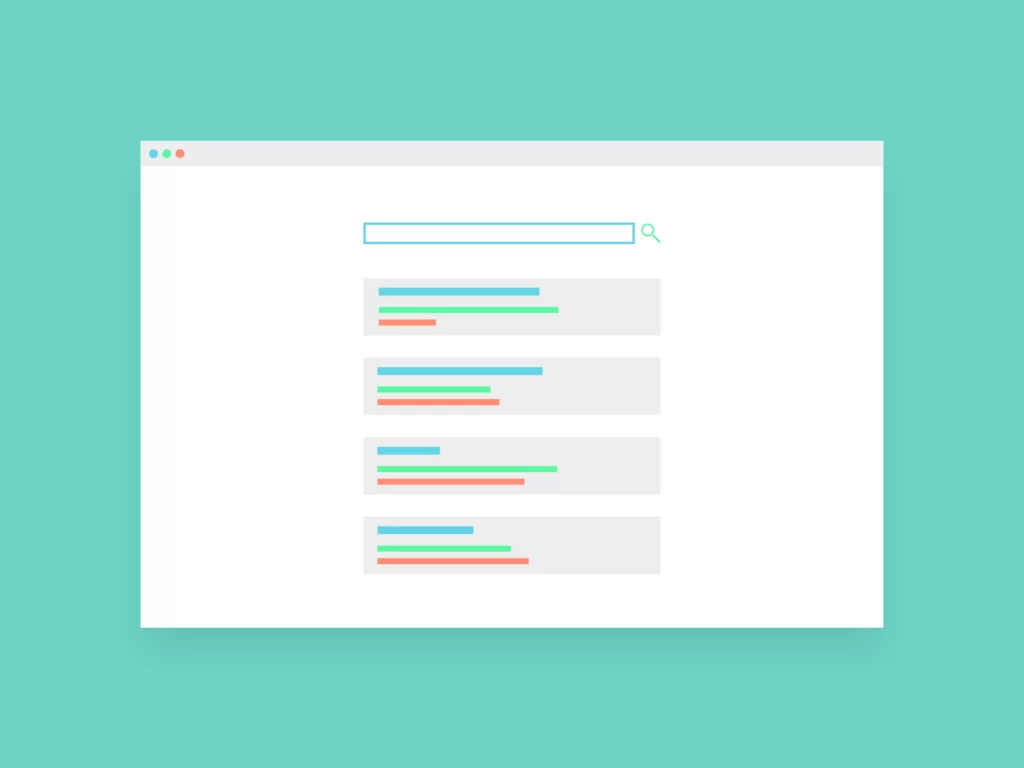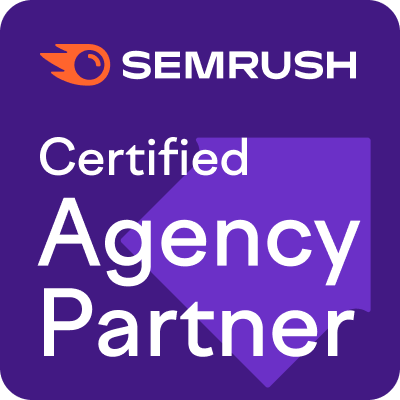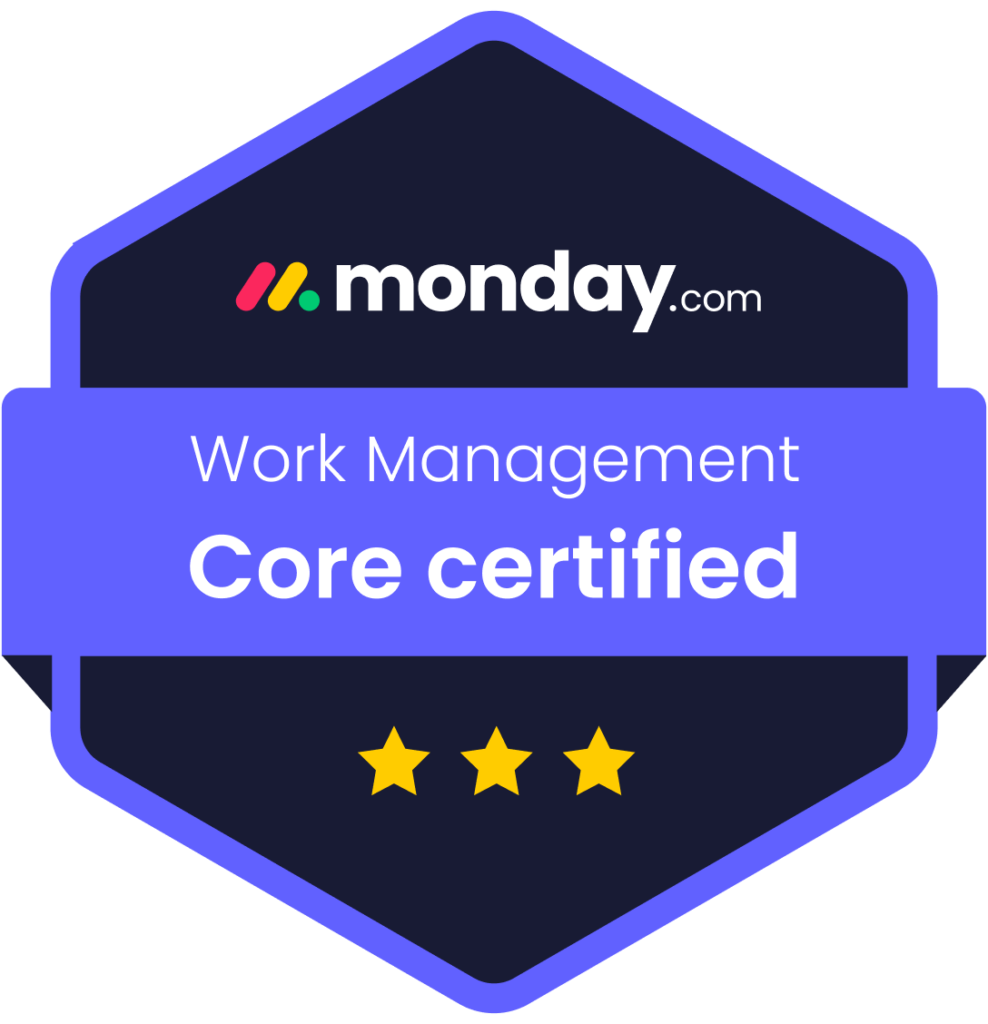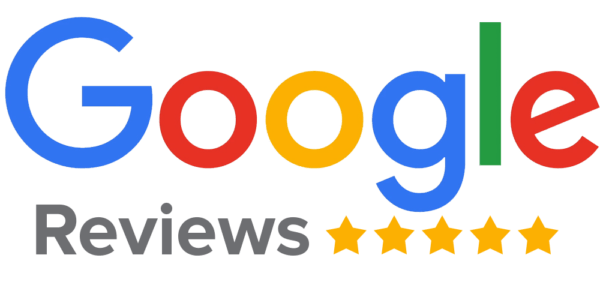Target keywords are the foundation of any good SEO strategy. Without them, it would be nearly impossible to rank in search engines for the terms that matter most to your business. If you’re new to SEO, you may have heard the term “target keywords,” but you may not be entirely sure what they are or why they’re important. In this article, we’ll explain exactly what target keywords are and how they can help improve your SEO.
What Are Target Keywords?
Target keywords are certain words or phrases that potential traffic use while searching for something in a search engine. Let’s imagine, for illustration, that you run a pet shop. For reference, if you are working in a pet niche, the following can be some examples of target keywords.
- dog treats
- cat food
- pet accessories
- pet toys
These are the keywords that potential clients use to search for the goods and services that you provide. Target Keywords are an inseparable part of keyword planning.
Why are Target Keywords Important?
Target keywords should be relevant to your business, products, services, and industry. They should also be popular enough to drive traffic to your website but not so popular that you’ll never rank for them.
Firstly, they aid search engines in comprehending the content of your website. Search engines can learn what topics your website covers when you use target keywords in your website content. They can then use this information to decide when to display your website in search results.
The second factor in assisting potential clients in finding your website is target keywords. If you use certain keywords, your website has a greater chance of turning up in the search results when someone uses that term or phrase.
This is why picking the appropriate target keywords is crucial. You won’t obtain any traffic from keywords you select if no one is searching for them. However, if you select keywords that are very competitive, it will be difficult for you to rank for them.
Keyword Planning
Now that you are aware of the significance of target keywords let’s discuss the best methods for selecting them. The first step in any successful SEO campaign is keyword planning. It is the process of finding and analyzing the best keywords to target for your website. When selecting target keywords, you should take the following into account:
- Search volume: The number of individuals who have looked for the term.
- Competition: How many websites are competing for the same keyword rankings?
- Relevance: Does the keyword apply to your company?
As an Internet marketer, keyword search volume is important to you because it is a measure of how much interest there is in a particular keyword. The more searches that are performed for a keyword, the more likely it is that people are looking for information on that topic, which means they are more likely to be interested in what you have to offer.
There are a number of tools you can use to find out the search volume for a particular keyword. Google AdWords Keyword Planner is one of the most popular. Simply enter a keyword into the tool, and it will give you an estimate of the average monthly searches for that keyword. Other tools include Semrush, Ahrefs, Google Trends, Wordtracker, etc.
Once you know the search volume for a keyword, you can start to target your marketing efforts to reach people who are searching for that keyword. This will help you to get more traffic to your website and, ultimately, more sales. Additionally, you should make sure that your target keywords are sufficiently specialized. For instance, the term “shoes” is too general. However, “women’s running shoes” is far more particular and are, therefore, more likely to generate a sale.
Make a list of prospective target keywords to get your keyword planning going. Then, to find out more information, such as search volume and competition, for each phrase, utilize a keyword research tool like Google Keyword Planner.
Keyword Difficulty
A keyword’s “Keyword Difficulty” tells you how challenging it is to rank for that term in search results. The higher the keyword difficulty, the more difficult it is to rank for the keyword. The level of keyword competition, the number of searches for the term, and the keyword’s relevancy to the searcher’s query are just a few of the variables that affect keyword difficulty.
You may use a tool to ascertain the difficulty of a certain keyword. Based on the previously given variables, this will provide you with a score for the keyword.
Keyword Intent
Keyword intent is the overall purpose or goal of a particular keyword search. It is the intention of the person who is searching for something using a particular keyword or phrase. In other words, keyword intent is what the searcher is trying to accomplish by typing in a specific keyword.
There are four main types of search intent:
- Navigational: People are looking for a specific website or page.
- Informational: People are looking for information on a particular topic.
- Transactional: People are looking to buy something.
- Commercial: People are looking for a business or service.
Why Is Keyword Intent So Crucial?
It is crucial because It enables you to understand the searcher’s needs and better match your content to them. You run the risk of disappointing the searcher and sending them to a competitor’s website if you produce material that doesn’t match their purpose.
How Can You Know a Keyword’s Intent?
You can determine keyword intent in one of several ways:
- Consider the searcher’s location.
Is the searcher in a nation where individuals are more likely to be seeking information than for anything to buy?
- Examine the searcher’s device
Are they using a desktop computer, which would suggest that they are conducting research, or a mobile device, which might indicate that they are seeking something specific?
- Examine the history of the searcher
Has the searcher ever been to your website? If so, they could be more inclined to go shopping.
- Examine the searcher’s outcomes
Do the results mostly consist of websites or products?
Tips for Matching Content to Keyword Intent
The following advice can help you match content to keyword intent:
- Write for your audience.
Your target audience should always come first while you are writing. Consider your audience and what they are seeking when you write.
- Be particular
In your material, be as detailed as you can. Include pricing and product specifics, for instance, if you’re writing for a transactional keyword.
- Make use of keyword research tools.
As was already noted, these tools are quite useful for deciphering keyword intent.
- Experiment and test
Try several approaches to see which ones are most effective for your website and your audience. There is no one perfect way to match content to keyword intent.
- Monitor your analytics
Check your website’s statistics to observe how visitors are engaging with your content. This will provide you with important information about how well your content matches their demands.
How to Use a Website’s Target Keywords
It’s time to start utilizing the target keywords you selected on your website now that you know how to choose them. The following instances are where you ought to employ target keywords:
- Page titles: A target keyword should be included in the title of each page on your website.
- Meta descriptions: In search results, the meta description is the brief text that is shown beneath the page title. Make sure your meta descriptions contain a target keyword.
- Headings and subheadings: To make it easier for search engines to grasp what your page is about, use target keywords in your headings and subheadings.
- Body text: Include target keywords in all of your pages’ body text. But don’t go overboard. Google penalizes websites that overuse keywords in their content. Use your target keywords in 1-2% of your text as a general rule of thumb.
Throughout the article or blog, you can use the target keywords in the following sections:
- Title tags
- Meta descriptions
- Headings and subheadings
- Body
- Image alt text
You should employ your keywords in your off-site SEO campaigns in addition to your website. Social media and link-building are examples of this. For instance, include target keywords in your titles and the anchor text of links back to your website when creating guest blog posts.
Title Tags
The title tag is one of the most crucial parts of a webpage when it comes to on-page SEO and keyword planning. The HTML element that provides a web page’s title is the title tag. The title of a page is seen in the browser tab and in the search results, thanks to the use of the title tag by search engines.
Every page on a website needs its own title tag. It should succinctly and properly define the page’s subject. There shouldn’t be more than 60 characters in it.
The target keyword for the page should be included in the title tag. The keyword for which you want the page to appear in search results is known as the target keyword. The target keyword should be included in the title tag to assist the page rank for that term and to help search engines understand what the page is about.
It is crucial to bear in mind that the title tag is not just for people but also for search engines while developing one. Users should want to click on the title tag in the search results if it is intriguing and informative.
The following advice will help you use target keywords in title tags:
1. Start the title tag with the targeted term.
2. Include the target keyword in the page’s main header (H1 tag).
3. Limit the title tag to 60 characters or less.
4. Make the title tag of each page distinct.
Meta Description
In search results, meta descriptions appear under the individual results, which are basically brief summaries of the page’s content. They are crucial because they have an impact on click-through rates (CTRs), which determine the likelihood that users will visit your website.
Search engines rely heavily on meta descriptions to comprehend the content of your website, which might affect how high it ranks in search results. Meta descriptions still matter since they can affect CTR even when they don’t directly affect your page’s ranking. CTR is a significant ranking component.
This indicates that using target keywords in your meta descriptions can assist raise CTR, which can raise the ranking. When developing meta descriptions, bear the following in mind:
- Limit the text to 160 characters
- Employ targeted keywords
- Create content for readers, not search engines.
- Make it captivating and fascinating.
A nice meta description might look something like this:
“Looking for the city’s greatest coffee? Joe’s Coffee is the only place to go. We have the best beans, perfectly roasted. Come in and have a cup today!”
The target keyword “coffee” is used in this meta description, which is 150 characters long, engaging, and captivating.
Headings and Subheadings
The use of headers and subheadings is crucial for on-page SEO. They assist consumers in navigating your page and aid search engines in understanding the organization of your information. Your chances of being ranked higher in search engine results pages can be increased by using target keywords in your headers and subheadings (SERPs).
There are a few guidelines to follow while making headings and subheadings:
- Verify the relevance of your headers and subheadings to the remainder of your material.
- Don’t overuse your target keywords while creating headers and subheadings.
- Your headers and subheadings should be brief.
- Use appropriate punctuation and grammar.
- Don’t overuse headers and subheadings.
When utilizing headings and subheadings, you should avoid keyword stuffing. In an effort to rank higher in SERPs, keyword stuffing is the practice of using an excessive number of keywords in headings and subheadings. Not only are search engines against this approach, but it can also make your material hard to read.
On the other hand, you don’t want to completely disregard keywords. In order to increase your chances of ranking in SERPs, be sure to include pertinent keywords in your headers and subheadings.
Avoid using too many headers and subheadings since this might make your material appear unorganized and hard to read. To make your text easy to read, limit the number of strategically positioned headers and subheadings.
The use of headers and subheadings is crucial for on-page SEO. Your chances of being ranked higher in search engine results pages can be increased by using target keywords in your headers and subheadings (SERPs). Just be careful to avoid typical errors like cramming your content with keywords and using headers and subheadings excessively.
Body Text
Use your target keywords in the body text of any content you write for your website. The words and phrases that best represent your goods or services are known as target keywords. When looking for your company online, prospective consumers are most likely to utilize these phrases.
Your website will rank better in search engine results pages (SERPs) if you include target keywords in your body content, increasing the likelihood that potential buyers will find your company online. Target keywords should be used consistently across your website in the title, meta descriptions, and header tags. However, it is especially crucial to use the target keywords in the body content.
It’s crucial to employ your target keywords sparingly in the body content. Overusing keywords will make your content sound forced, and Google may punish your page as a consequence. One target keyword should be used for every 100 words of content, according to a decent rule of thumb.
You should include your goal keywords in the anchor text of links in addition to the body text. The text that appears when you hover over a link is called anchor text. Your website will rank higher in SERPs for the target keywords if you use those keywords as anchor text.
Google AdWords Keyword Planner and Google Trends are two tools that might be useful if you are unsure of the target keywords to employ. The results of a Google search may also be used to determine the most popular terms.
You should also use target keywords in your off-page SEO efforts. By following these tips, you can rank higher in search engine results and get more traffic from potential customers.
Image alt text
Target keywords may be included in your content quite effectively by using image alt text. Here are some pointers on how to make the most of picture alt text:
1. Use descriptive keywords in your image alt text.
Include any pertinent keywords you want to target in your description of the image’s events. This will make it easier for users who are looking for such phrases to find your content.
2. Keep it brief.
Just a few well-selected keywords will do; don’t use too many. Additionally, check that the material still reads properly; it should seem natural rather than stilted.
3. Use different keywords for different images
For each image, use a separate set of keywords to target various search queries. You will be able to draw in more readers as a result of this.
4. Use keyword-rich image file names
You may incorporate keywords into the picture file name in addition to the alt text. In the event that the image does not appear in the search results, this will still help your content to be found.
In conclusion, if you use target keywords properly, you can increase your website ranking and attract more traffic to your site.













